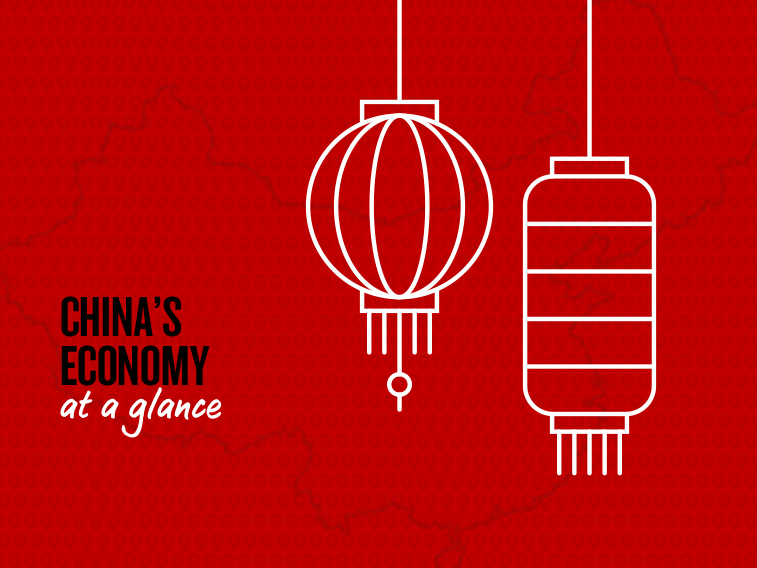Sally Auld, NAB Group Chief Economist, shares her insights on the economy


Webinar
China’s economy enters 2021 with momentum, but expected to slow across the year.

For further details, please see China’s economy at a glance – January 2021.
© National Australia Bank Limited. ABN 12 004 044 937 AFSL and Australian Credit Licence 230686.